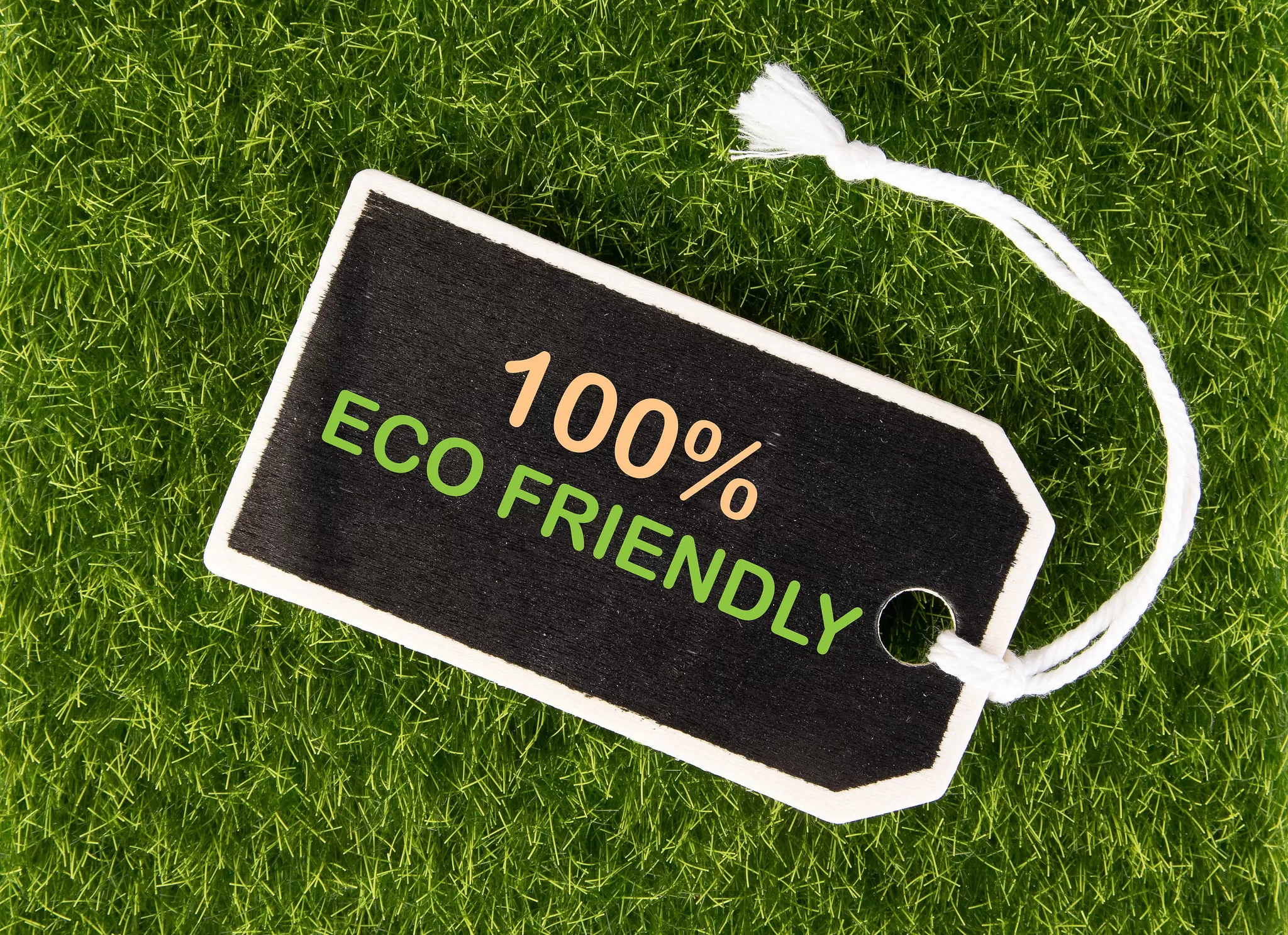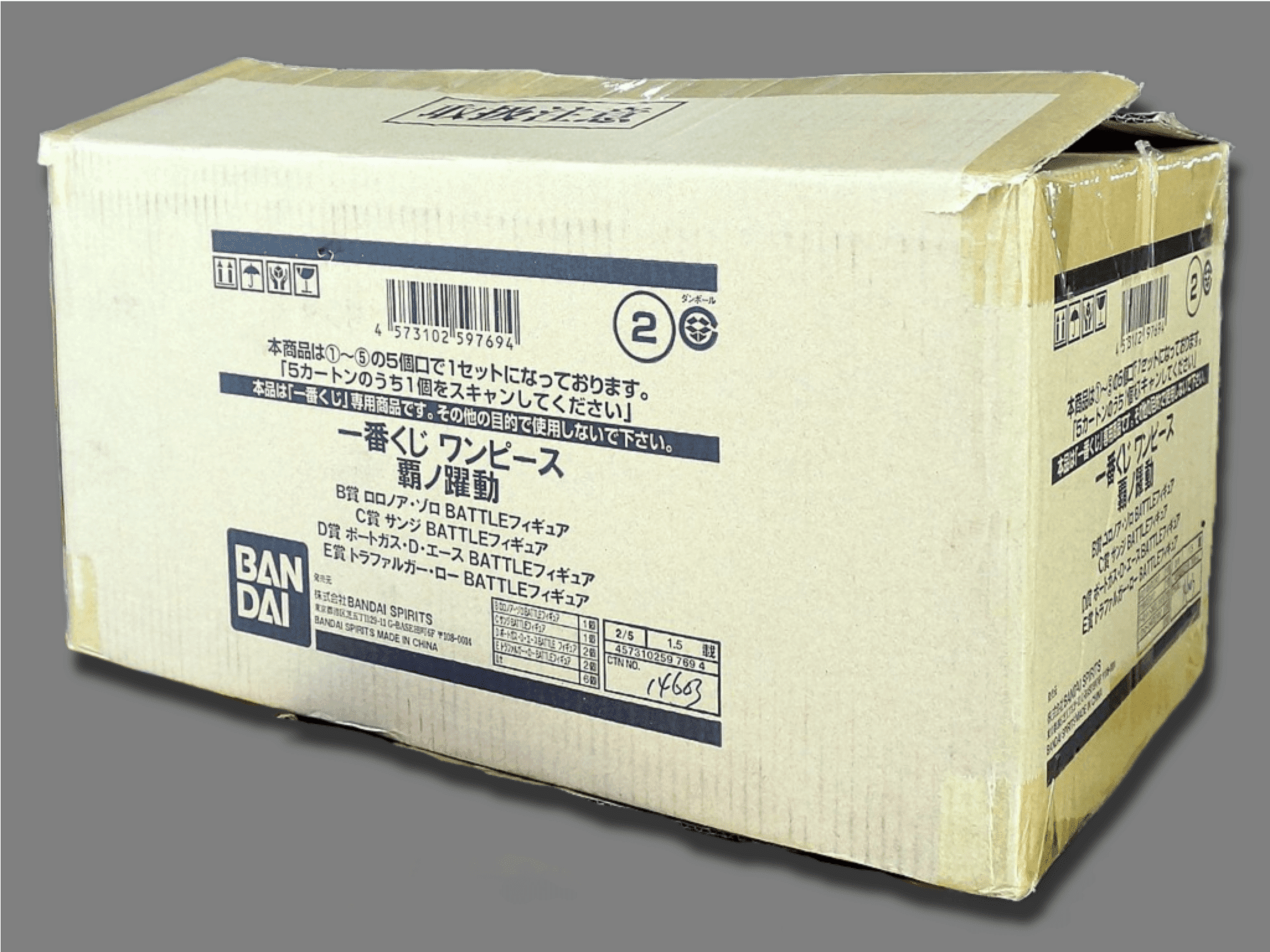Flexo printing is a beacon in the printing industry, celebrated for its adaptability, efficiency, and environmentally conscious approach. This printing technique offers a variety of advantages, including the ability to print on a wide range of materials, its cost-effectiveness, and its environmentally friendly nature. However, as with any technology, flexo printing has its own pros and cons, particularly in the areas of plate production and overall print quality.
Versatile Materials: A Canvas for Creativity
Flexographic printing is distinguishable by its ability to adapt to a wide variety of materials, serving as a versatile canvas for creativity. From plastics and foils to paper and corrugated, this process ensures that businesses can approach a wide variety of projects with confidence, knowing that their printing needs will achieve precision and quality.
Speed and Economy: The Competitive Edge
In the fast-paced world of printing, speed and economy are paramount. Flexography rises to the occasion with a printing process that not only boasts low makeready costs, but also operates at higher speeds than its counterparts. This combination provides a competitive edge for companies looking to mass-produce packaging or promotional materials without breaking the bank.
Precision and Quality: Raising the Bar
One of the hallmarks of flexo printing is its high register accuracy, which ensures that colours are printed in perfect alignment, enhancing overall image quality. While there may be some compromises, especially in the highlight areas, advances in technology have significantly narrowed these gaps, pushing the boundaries of flexo print quality.
A Nod to Nature: The Eco-Friendly Choice
In an era where sustainability is not only appreciated but expected, flexographic printing is emerging as the eco-friendly choice. It promotes the use of recyclable materials and minimises waste, in line with the global shift towards more sustainable manufacturing and production practices.
Navigating Challenges: The Road to Perfection
Despite its many benefits, flexography is not without its challenges. For example, plate production can be extensive and costly, especially for short runs. This aspect of flexography can be a deterrent for companies with limited budgets or those with quick, small projects. In addition, while print quality has improved, certain compromises, particularly in the nuanced details of highlight areas, must remain in consideration.
A Must for High-Volume Printing: The Packaging Sector’s Ally
Flexography has carved out a niche as an indispensable tool in the world of high-volume printing, particularly in the packaging sector. Its efficiency, combined with the range of materials it can print on, positions flexography as the first choice for companies looking to produce high volumes of packaging materials in a cost-effective and timely manner.
Conclusion
Flexo printing, with its pros and cons, is a testament to the innovation and adaptability inherent in the printing industry. From its versatility in the range of printable materials to its environmentally friendly approach, flexography offers a compelling option for businesses around the world.
As it works through its limitations in plate production and print quality, advances in the field promise an even brighter future for this printing technique. As we look to the future, flexo printing’s potential to further revolutionise the printing and packaging industry remains limitless, ushering in a new era of efficiency, quality and sustainability.






